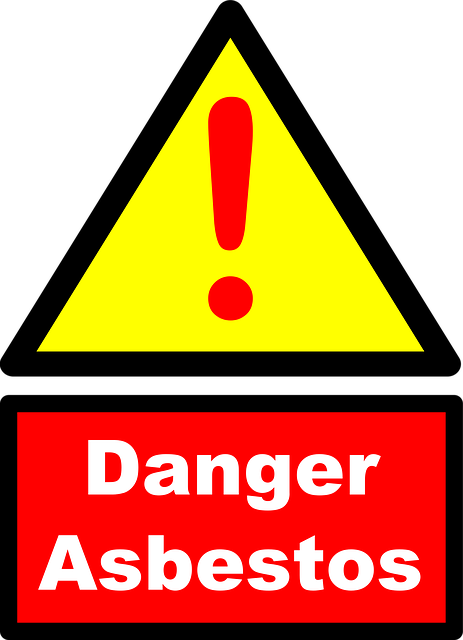Peoria's historical role as a transportation hub led to economic growth but also exposed residents and workers to asbestos risks through manufacturing, construction, and automotive industries. Asbestos-related diseases pose significant health dangers, making Peoria asbestos safety a priority. Comprehensive measures like stringent regulations, education, risk assessments, and community engagement are crucial to protect against asbestos hazards in outdated buildings, contaminated sites, and everyday objects, ensuring a safer future for residents and workers.
Peoria, like many cities, carries a silent burden: asbestos-related risks. This historical industrial town has witnessed firsthand the devastating impacts of asbestos exposure. Understanding Peoria’s unique asbestos history is paramount for advocating effective safety measures. This article explores comprehensive strategies to protect residents, emphasizes community engagement as a catalyst for change, and illuminates steps towards a safer Peoria, addressing critical concerns surrounding Peoria asbestos.
- Understanding Peoria's Asbestos History and Risks
- Advocating for Comprehensive Safety Measures
- Community Engagement: Empowering Change in Peoria
Understanding Peoria's Asbestos History and Risks

Peoria, like many industrial cities throughout history, bears the scars of past asbestos use and mining practices. The city’s economic growth was closely tied to its role as a major transportation hub, attracting businesses that utilized asbestos in various industries such as manufacturing, construction, and automotive repairs. Asbestos was valued for its fire-resistant properties, leading to widespread use in insulation, roofing materials, and even automobile parts. This extensive exposure has left Peoria with a significant legacy of asbestos-related risks.
Over time, the harmful effects of asbestos on human health have become well-documented. Inhaling or swallowing asbestos fibers can lead to severe diseases like mesothelioma, asbestosis, and lung cancer. Given the city’s historical association with asbestos, residents, workers, and visitors face potential risks from outdated buildings, contaminated sites, and even everyday objects containing asbestos materials. Understanding this history is crucial in advocating for Peoria’s safety, ensuring that current and future generations are protected from the dangers of asbestos exposure.
Advocating for Comprehensive Safety Measures

In advocating for Peoria asbestos safety, comprehensive measures must be put in place to protect residents and workers from the harmful effects of this toxic material. This includes stringent regulations on its use, handling, and disposal, as well as regular monitoring and testing in areas known to have high concentrations. Education is a key component; raising awareness among both the public and professionals about the risks associated with asbestos exposure can prevent accidental releases and ensure proper safety protocols are followed.
The community of Peoria should demand thorough risk assessments and implement strategies to minimize asbestos-related hazards. This involves regular maintenance and abatement programs in older buildings, strict guidelines for industrial activities that may involve asbestos, and accessible medical services specializing in asbestos-related diseases. By prioritizing these safety measures, Peoria can take a proactive step towards safeguarding its residents’ health and well-being, ensuring a safer future free from the dangers of asbestos exposure.
Community Engagement: Empowering Change in Peoria

In the fight for Peoria asbestos safety, community engagement is a powerful tool that can drive meaningful change. By educating and empowering residents about the dangers of asbestos exposure, local folks become advocates for their own health and well-being. This involves hosting informational sessions, workshops, and town hall meetings where experts can discuss the risks associated with Peoria asbestos and offer practical steps to mitigate potential hazards. Engaged communities are better equipped to identify and address asbestos-related issues in their neighborhoods, ensuring a safer future for all.
Community members play a crucial role in holding local governments and industries accountable. They can participate in decision-making processes, provide feedback on safety regulations, and even collaborate with advocacy groups to develop comprehensive strategies for Peoria asbestos safety. Through collective action, communities can create a ripple effect, influencing policy changes and fostering a culture of awareness and precaution. Together, Peorians can make a significant impact in minimizing the risks associated with asbestos, creating a healthier and more sustainable environment for current and future generations.
Peoria’s history with asbestos exposure highlights the urgent need for robust safety measures. By advocating for comprehensive regulations and fostering community engagement, residents can take control of their health and environment. Together, we can ensure that Peoria becomes a safer place, mitigating risks associated with this hazardous material and empowering its folks through knowledge and action. Let’s transform Peoria’s asbestos safety landscape, one step at a time.
